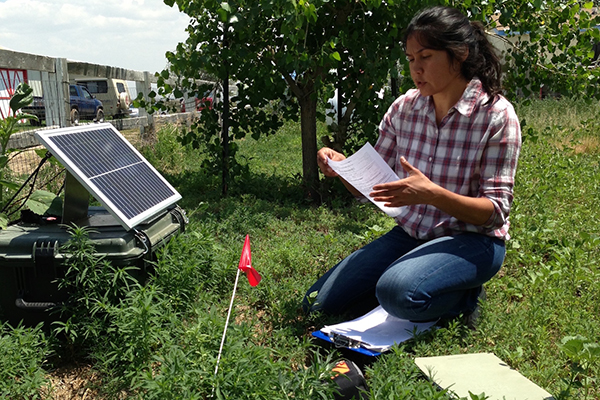
Full Text:
A rash of earthquakes in southern Colorado and northern New Mexico recorded between 2008 and 2010 was likely due to fluids pumped deep underground during oil and gas wastewater disposal, according to a new study. The study, which took place in the 2,200-square-mile Raton Basin along the central Colorado-northern New Mexico border, found more than 1,800 earthquakes up to magnitude 4.
3 during that period, linking most to wastewater injection well activity. Such wells are used to pump water back in the ground after it has been extracted during the collection of methane gas from subterranean coal beds. One key piece of the new study was the use of hydrogeological modeling of pore pressure in what is called the "basement rock" of the Raton Basin--rock several miles deep that underlies the oldest stratified layers. Pore pressure is the fluid pressure within rock fractures and rock pores. While two previous studies have linked earthquakes in the Raton Basin to wastewater injection wells, this is the first to show that elevated pore pressures deep underground are well above earthquake-triggering thresholds.Image credit: Anne Sheehan/University of Colorado